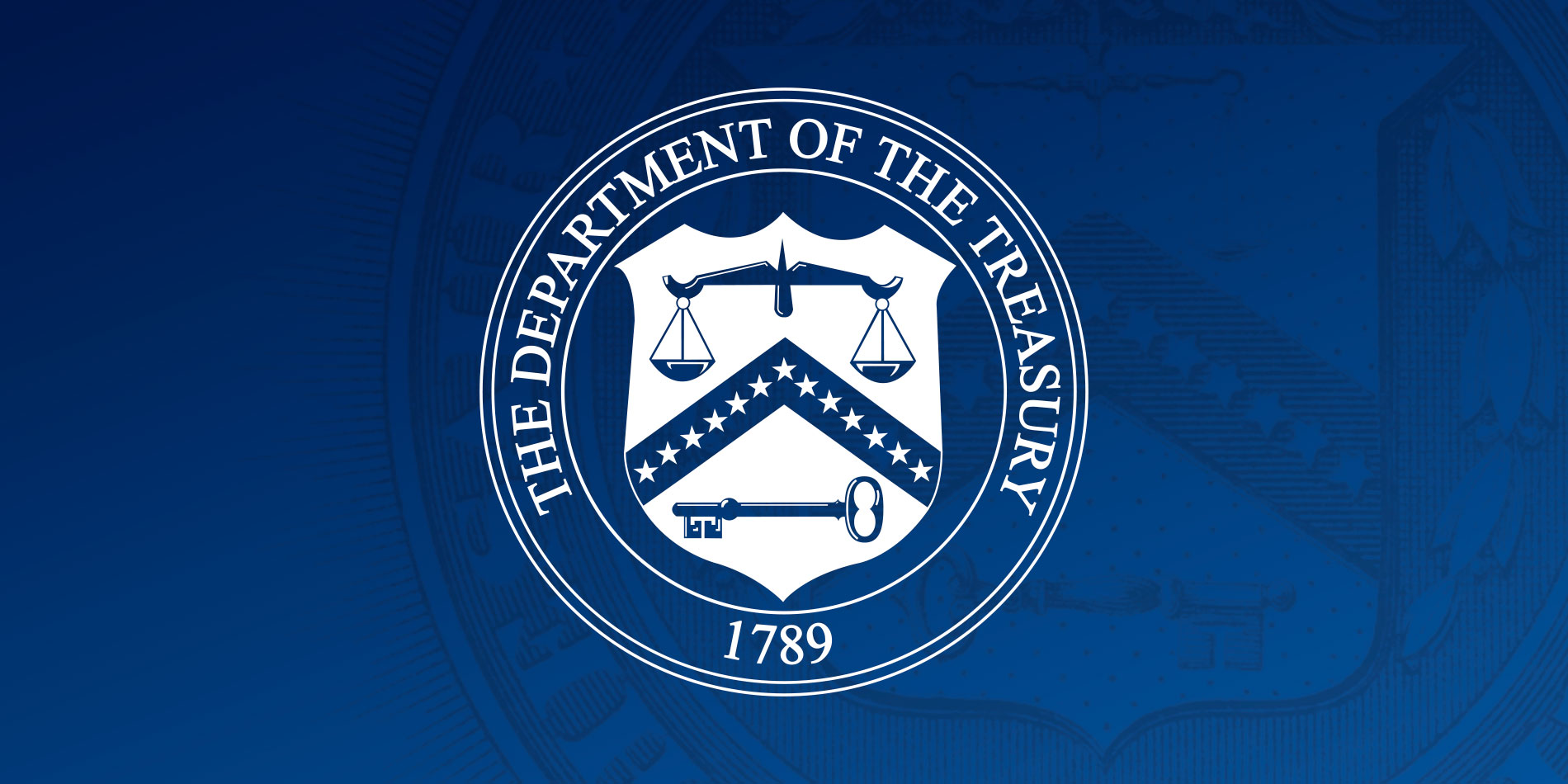As Prepared for Delivery
Our first agenda item is a discussion and votes on two proposals. The first is the Council’s proposed framework for financial stability risk identification, assessment, and response. The second is the proposed interpretive guidance on nonbank financial company designations.
Before we turn to the presentation, let me first speak about how the recent banking developments demonstrate the importance of the actions we are about to take.
Last month, the government took necessary actions to decisively manage the fallout from the failure of two regional banking institutions. Our goal was to mitigate the serious risk of contagion and protect the broader banking system and economy. The situation has stabilized in the past few weeks. And our banking system remains sound, with strong capital and liquidity positions. Of course, we continue to be vigilant and monitor conditions closely.
Still, these developments have reminded many of the fear and uncertainty that can accompany financial disruptions. For all in this room, I am certain that the developments underscored the importance of our work on financial stability: to continue to improve the resilience of a financial system that can support the economy through both good and bad times.
Last month’s events show us that our work is not yet done. The authority for emergency interventions is critical. But equally as important is a supervisory and regulatory regime that can help prevent financial disruptions from starting and spreading in the first place.
I believe that the votes we will take today advance that very mission.
We will first vote to issue, for public comment, a proposed analytic framework on financial stability. This framework provides new public transparency into how the Council does its work: how it identifies, assesses, and mitigates risks to financial stability. It’s the first time the Council has published such a document. This framework outlines common vulnerabilities and transmission channels through which shocks can propagate through the financial system. And it lays out how the Council considers the tools it will use to address these risks.
The framework emphasizes the importance of taking a comprehensive and rigorous approach. Addressing the diverse range of financial vulnerabilities that exist today – and that may arise tomorrow – requires a broad set of flexible tools. Importantly, the Council does not broadly prioritize one type of tool over another. Rather, we plainly examine a risk – and design our response to address the risk we are seeking to mitigate.
Often, the Council will determine that a risk should be addressed by existing regulators – using what is sometimes called an activities-based approach. These may be instances where systemic risks emanate from widely conducted activities in a particular sector or market. FSOC has made activities-based recommendations in traditional areas like money market and open-end funds – as well as in newer areas like crypto-assets. Many of these risks and recommendations are described every year in the Council’s annual reports. But there may be certain instances when systemic risks could emanate from a particular entity – one that might not be within the jurisdiction of a regulator with adequate prudential or supervisory authorities. In that case, an entity-focused approach may be more appropriate.
That’s exactly why Congress gave the Council the authority to designate nonbank financial companies for Federal Reserve Board supervision and enhanced prudential standards. And it’s why the Council is also voting today to issue proposed guidance that would enable us to use that tool effectively – should it be needed.
We are proposing revisions to certain elements of the Council’s existing guidance that have made it difficult to use its nonbank designation authority. The existing guidance – issued in 2019 – created inappropriate hurdles as part of the designation process. These additional steps are not legally required by the Dodd-Frank Act. Nor are they useful or feasible. Some are based on a flawed view of how financial crises begin and the costs that they impose. It has been estimated that a designation process with these steps could take six years to complete. That is an unrealistic timeline that could prevent the Council from acting to address an emerging risk to financial stability before it’s too late.
The designation tool serves as an important part of our post-Global Financial Crisis defense. It is an important preventative tool to address systemic risks that may arise from a nonbank financial firm whose activities or distress could threaten the financial system. We are acting today to restore the effectiveness of this authority.
As we do, we are also taking significant steps to ensure that the Council’s nonbank designation process is rigorous and transparent. The proposed guidance provides for strong procedural protections. This includes significant engagement and communication with companies under review – minimizing administrative burdens on these companies while providing ample opportunities to be heard. The Council will also engage with the company’s primary regulator during any designation review. And through the separate proposed analytic framework, we are providing the public with more information about how nonbank designation fits into the Council’s broader approach to financial stability risk monitoring and mitigation.
In all, I believe that our votes today are a major step toward strengthening our safeguards for the U.S. financial system. We look forward to public comments on these proposals.
Let me now turn to Sandra Lee, Deputy Assistant Secretary for the Council. She will provide an overview of these proposals.
###
Official news published at https://home.treasury.gov/news/press-releases/jy1431


